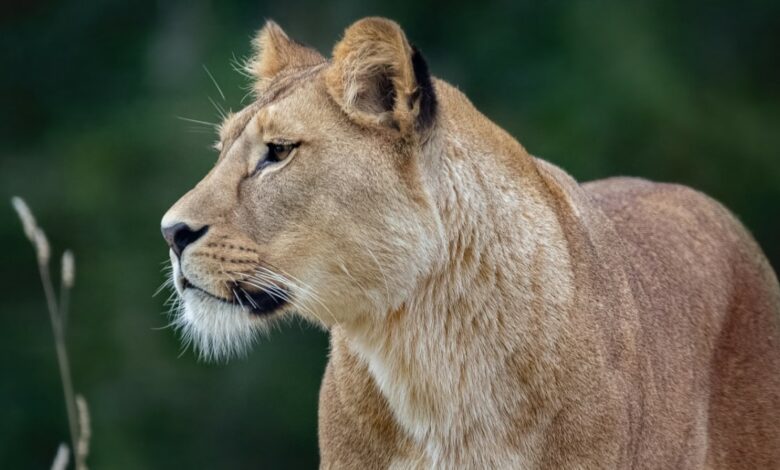This is why mountain lions in Los Angeles become nocturnal

Cougars in Greater Los Angeles are becoming increasingly nocturnal in response to human recreational activities, according to a study published Nov. 15 in the journal Biological Conservation. The research highlights how these large predators, also known as cougars or cougars, adapt their natural activity patterns to minimize encounters with people who visit their habitat to walk, cycle and jog. These behavioral changes demonstrate and highlight the challenges faced by wildlife coexisting with urban populations.
Research reveals shifts in activity patterns
The studyled by Ellie Bolas, a doctoral researcher at the University of California, Davis, analyzed data collected from 22 GPS-collared mountain lions in the Santa Monica Mountains between 2011 and 2018. Using training activity data from the online platform Strava, the team human recreational patterns with the movements of the collared mountain lions.
The findings showed that mountain lions in areas with higher human activity shifted their peak activity times from sunrise and sunset to nighttime. This behavioral flexibility allows the predators to avoid human presence while continuing to hunt and perform other essential behaviors.
Broader implications for wildlife and coexistence
The phenomenon of animals becoming more nocturnal to avoid humans is not exclusive to mountain lions. Similar trends have previously been observed in other mammals worldwide. Research conducted in 2019 indicated that even the sound of human voices could frighten mountain lions, demonstrating the deep-seated wariness of humans among these animals as a result of historical persecution.
Cougars in urban areas like Los Angeles face additional pressures, including habitat fragmentation, wildfires and low genetic diversity. The study indicates that recreational activities are a potential stressor, affecting the energy they spend on hunting and survival.
Bolas emphasized the importance of recognizing these adaptations, stating that coexistence depends on the flexibility exhibited by animals in the wild. Despite the challenges, mountain lions continue to adapt to human activity, demonstrating resilience in shared landscapes.




